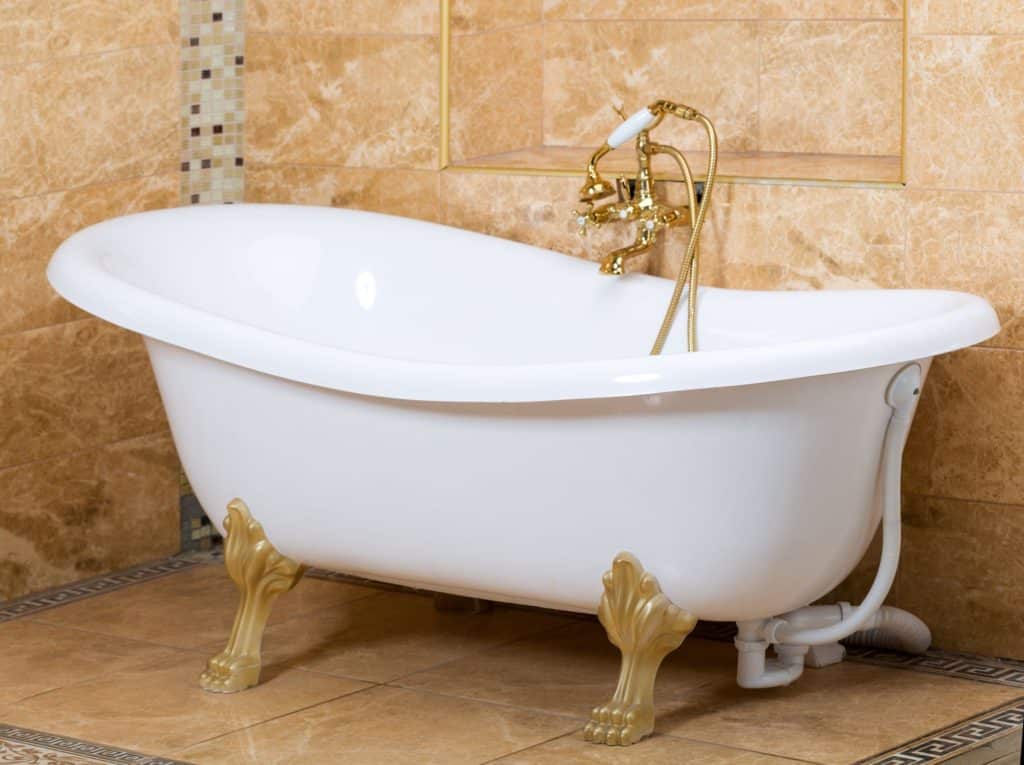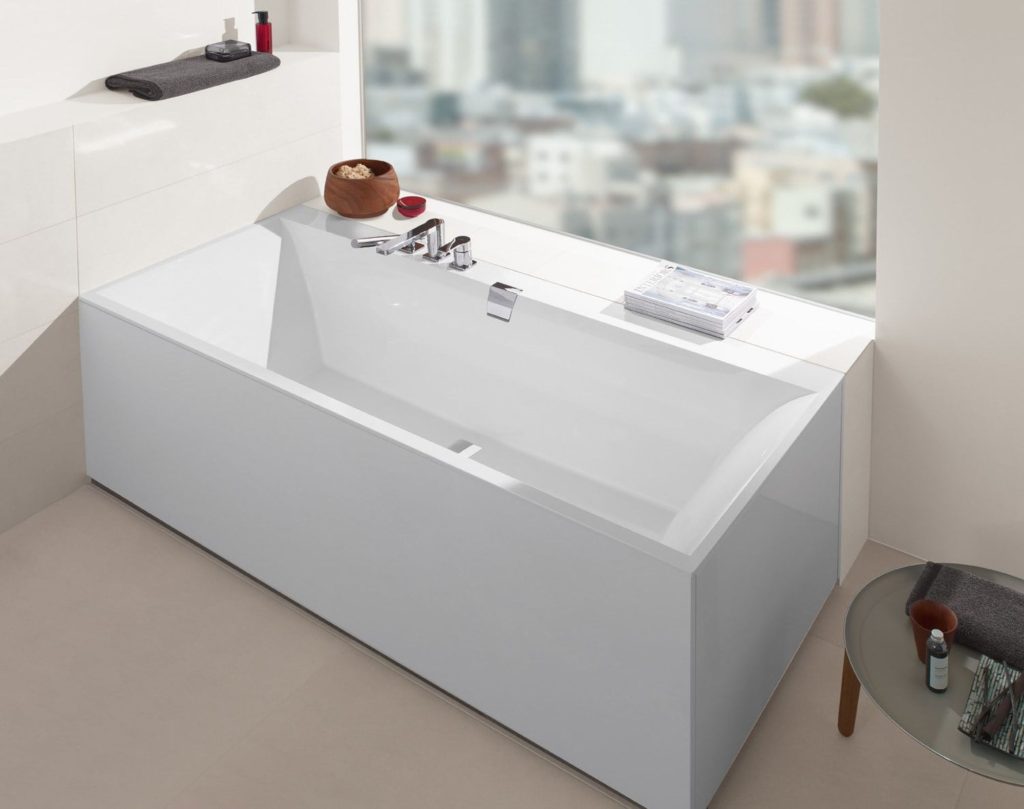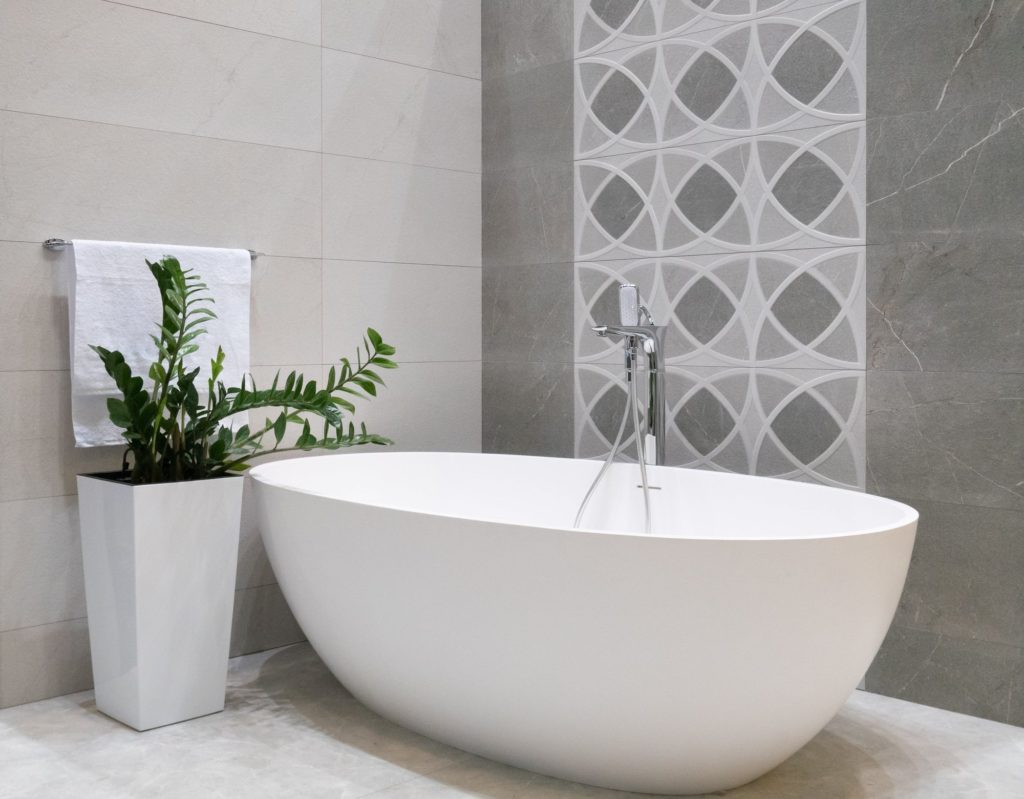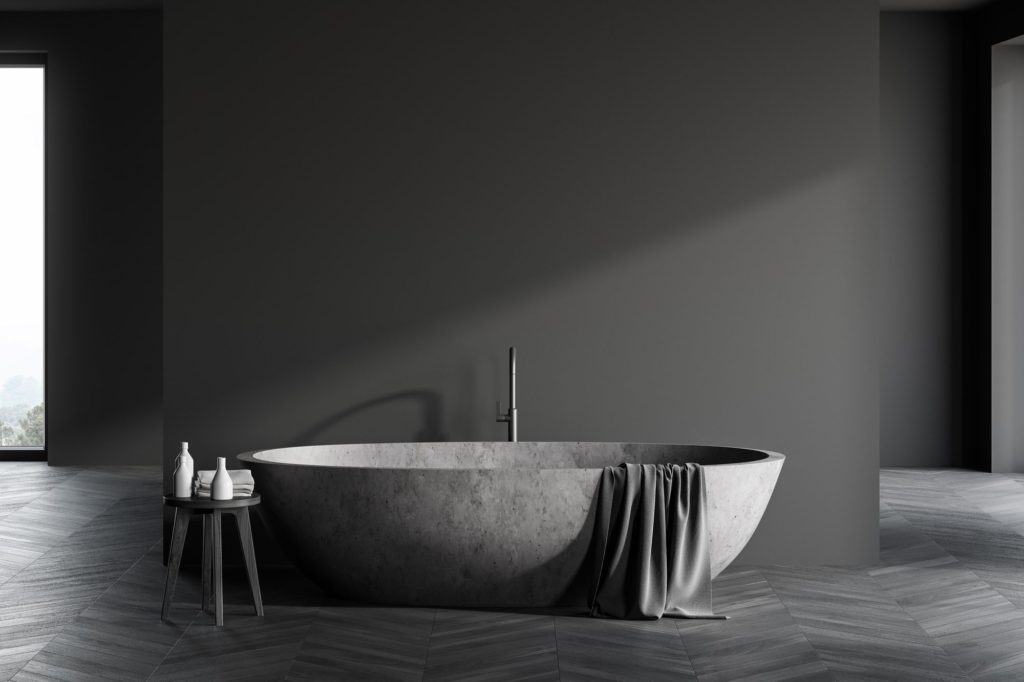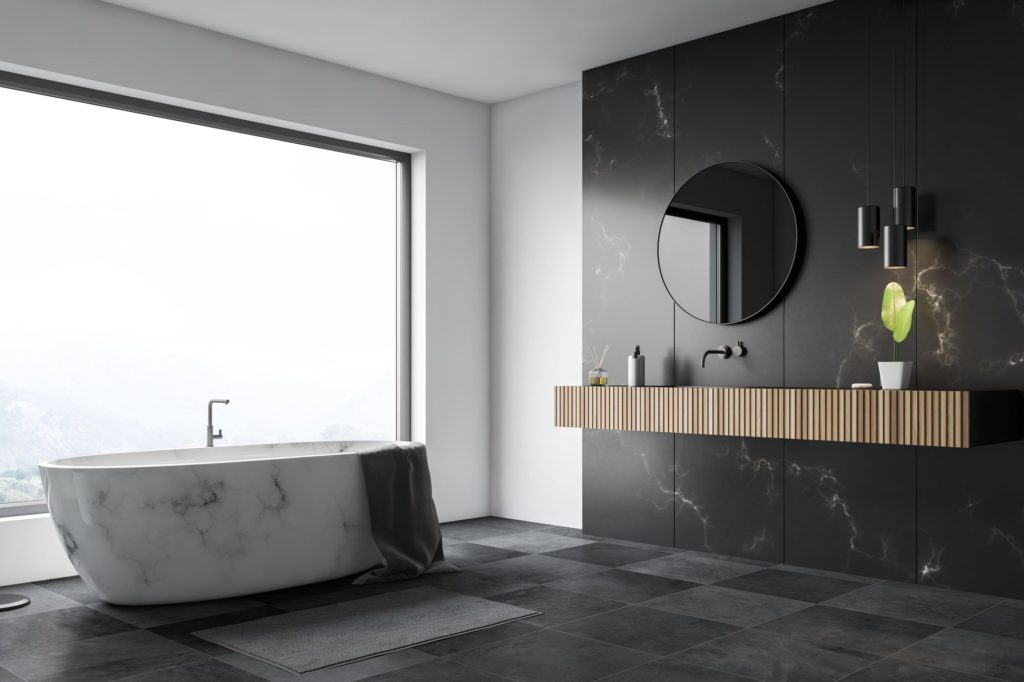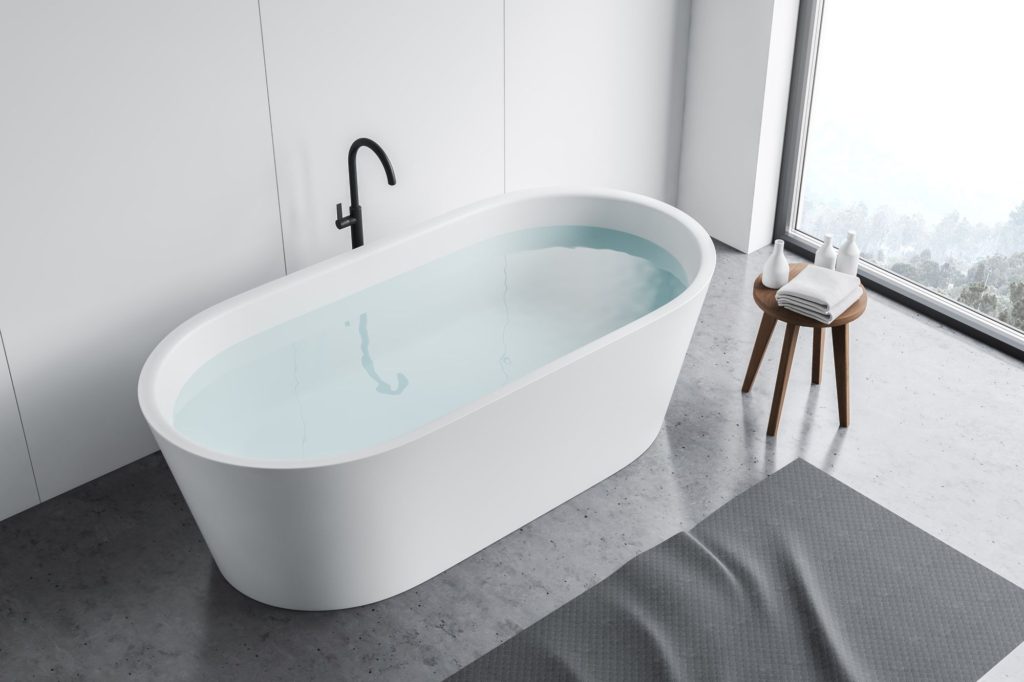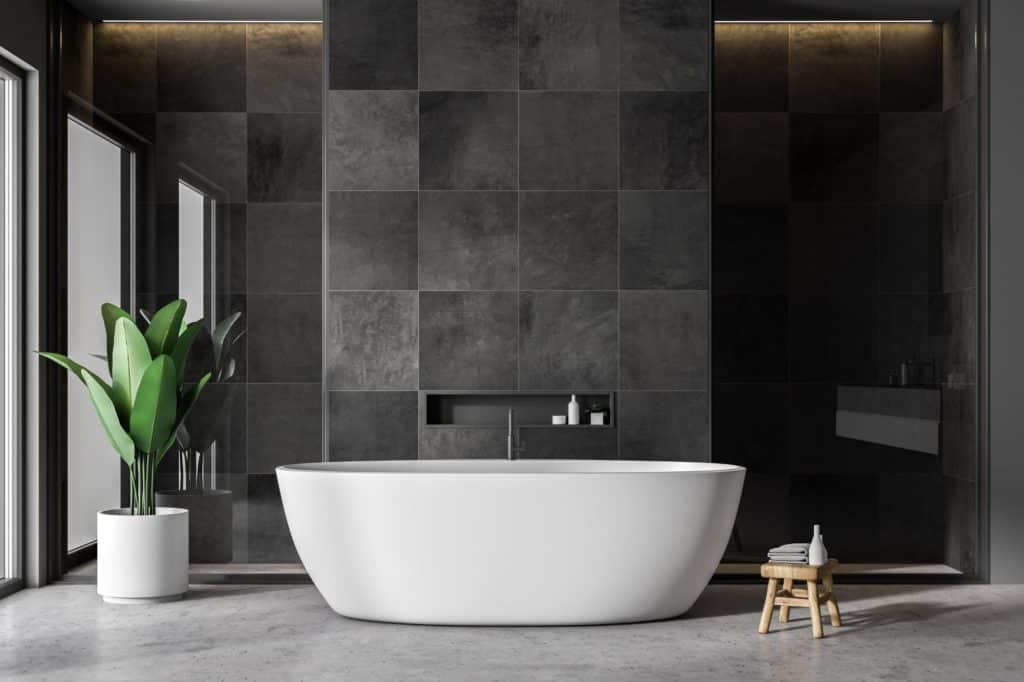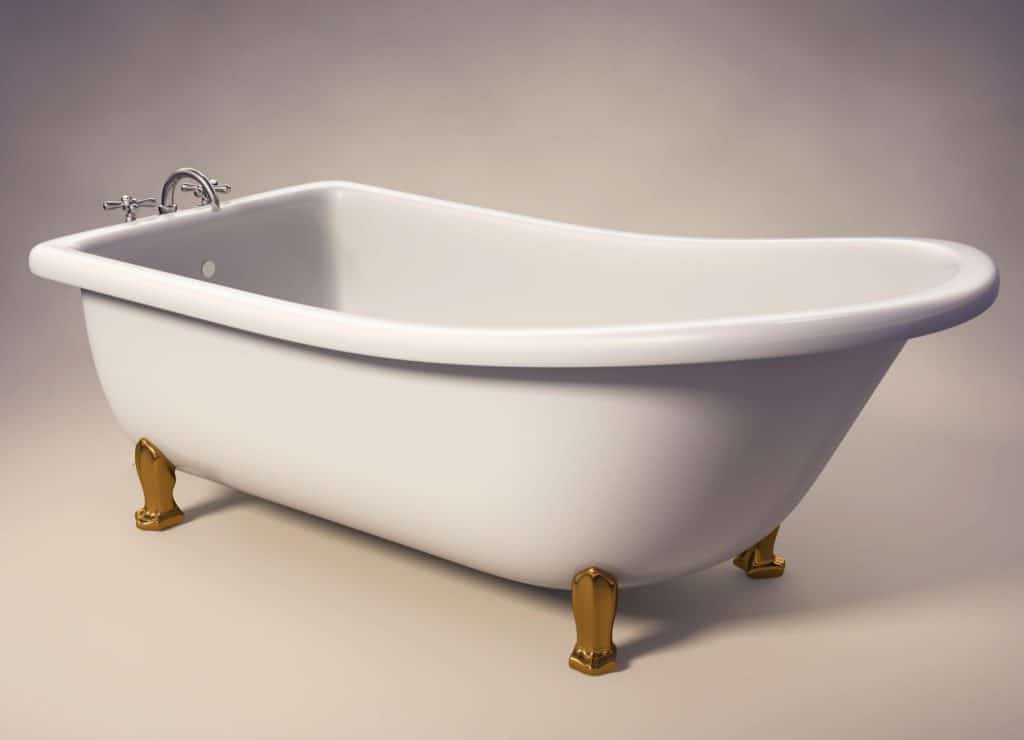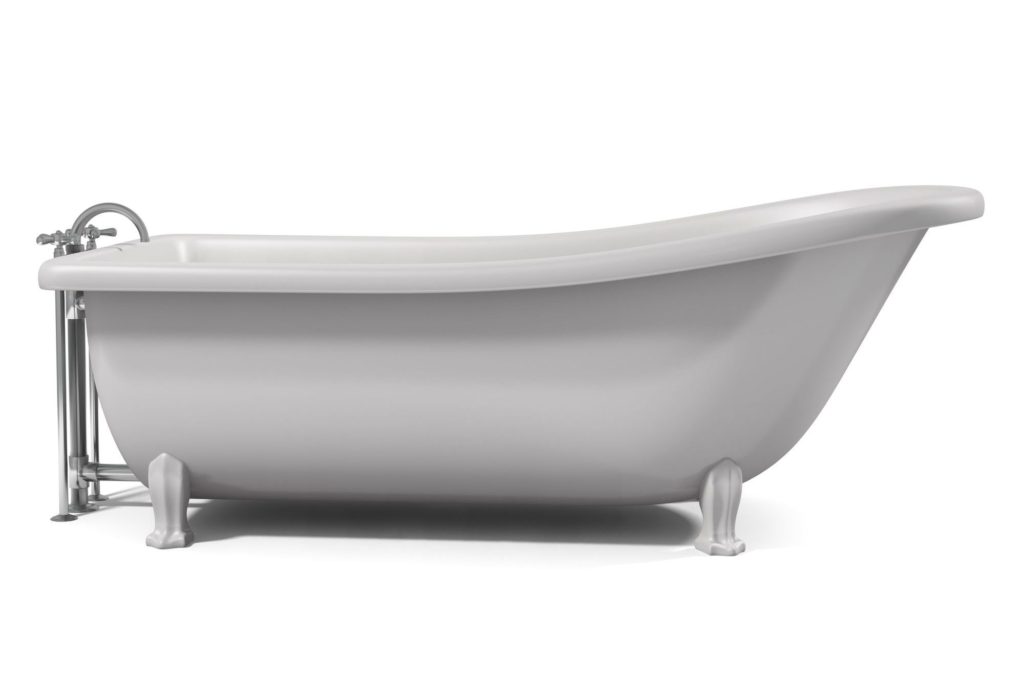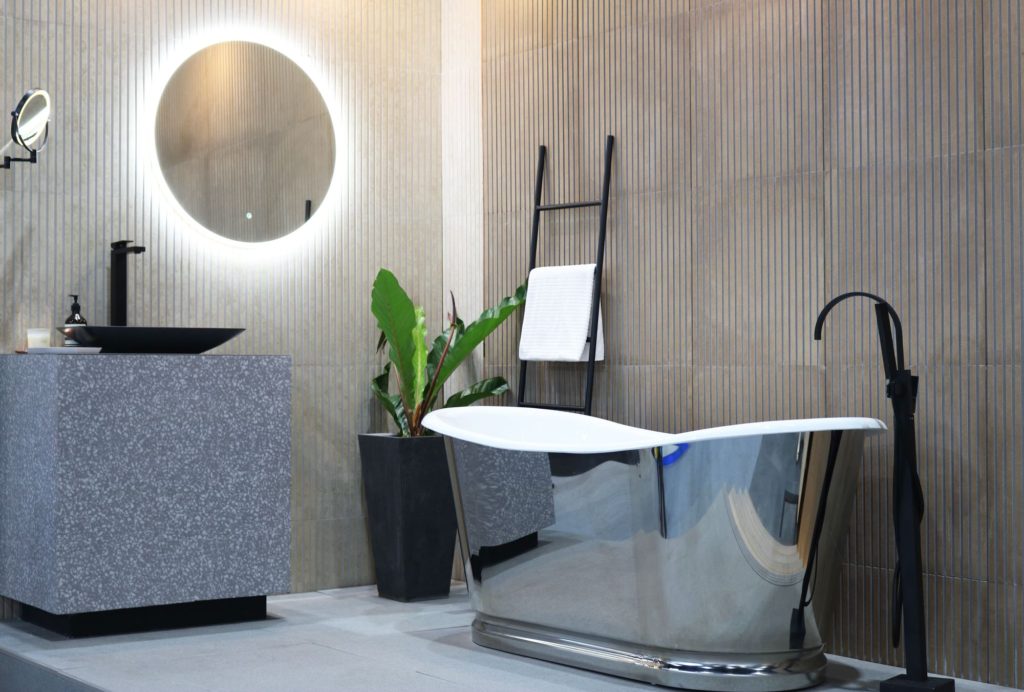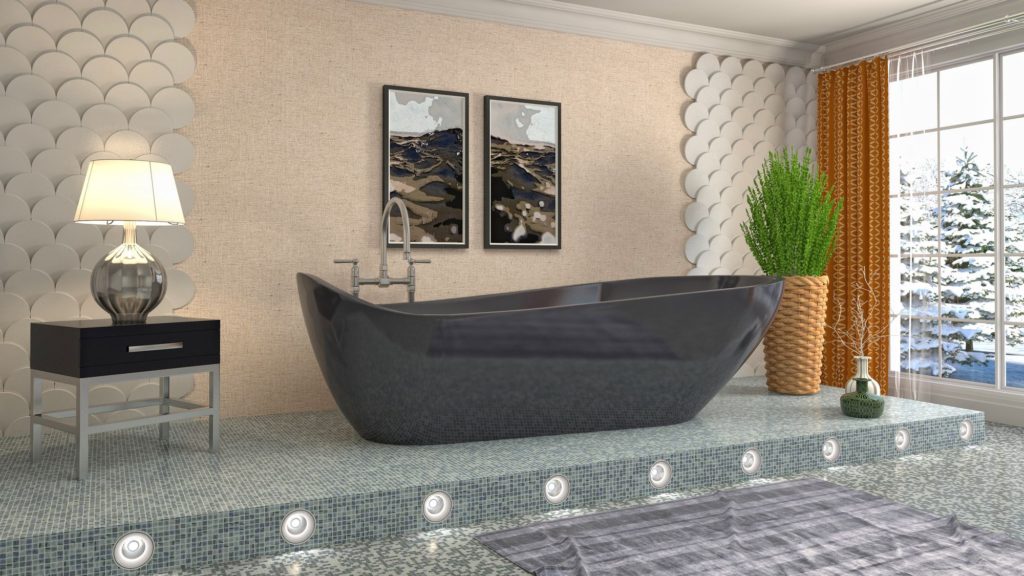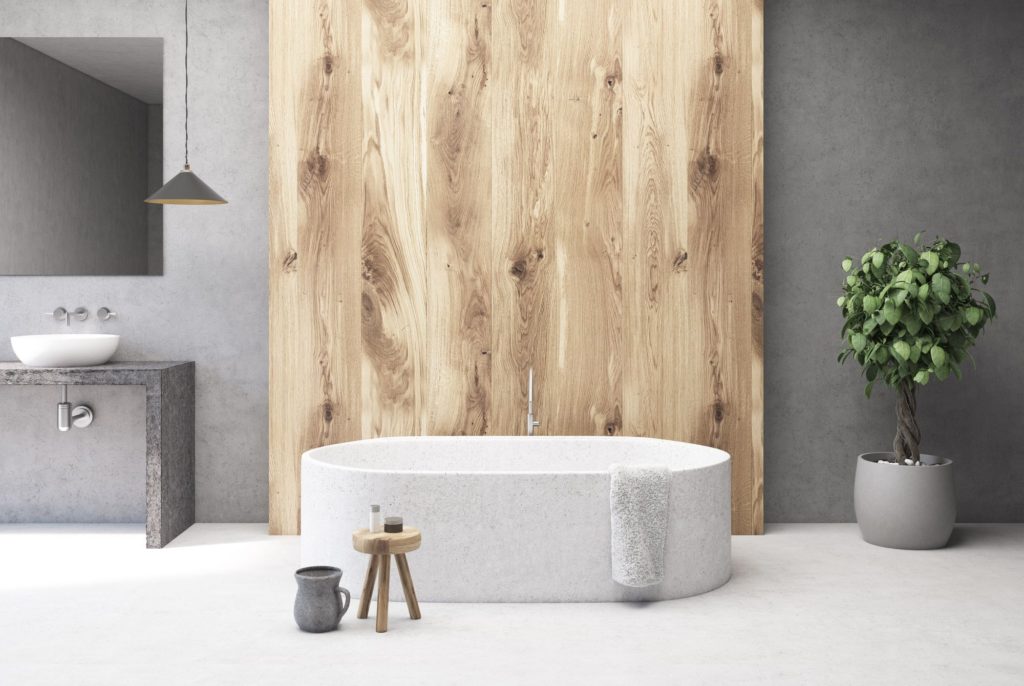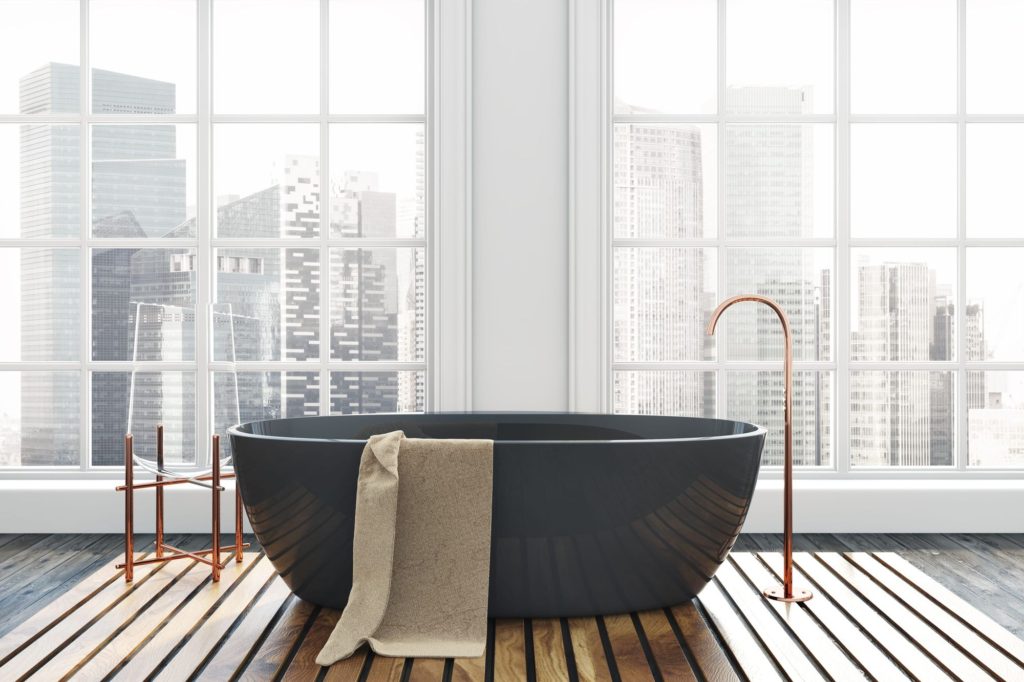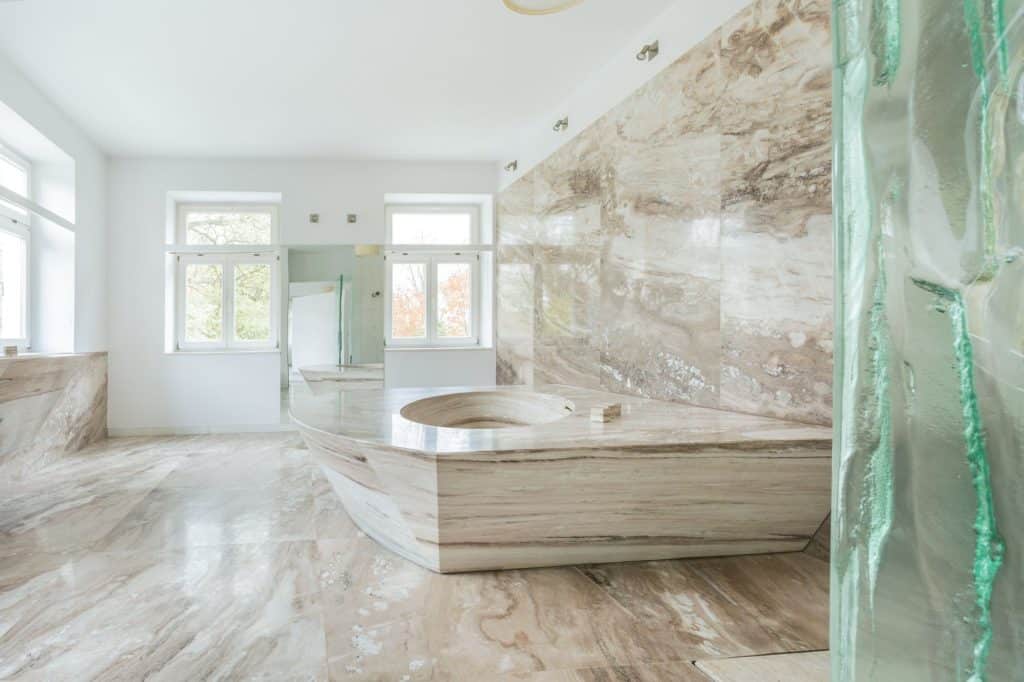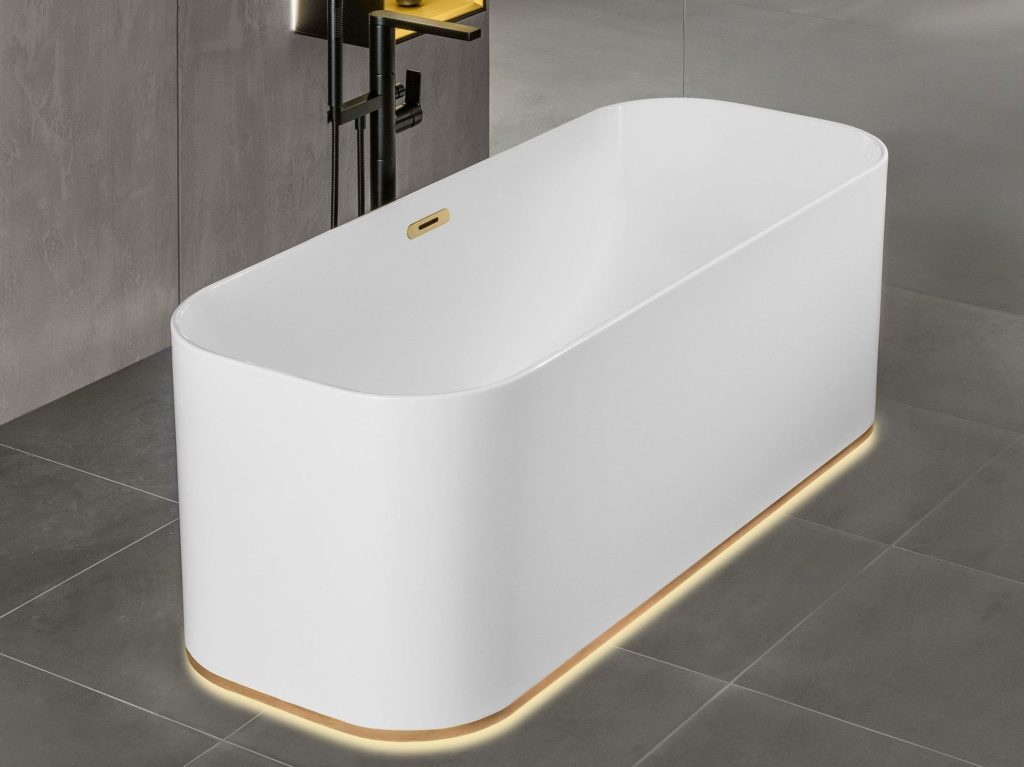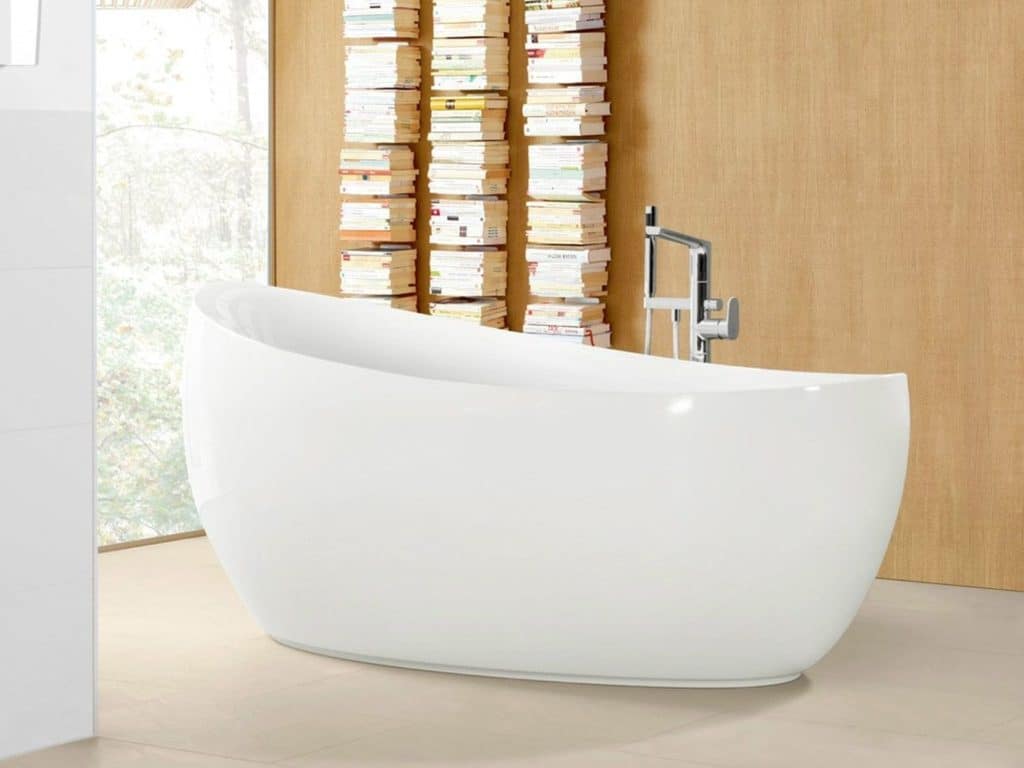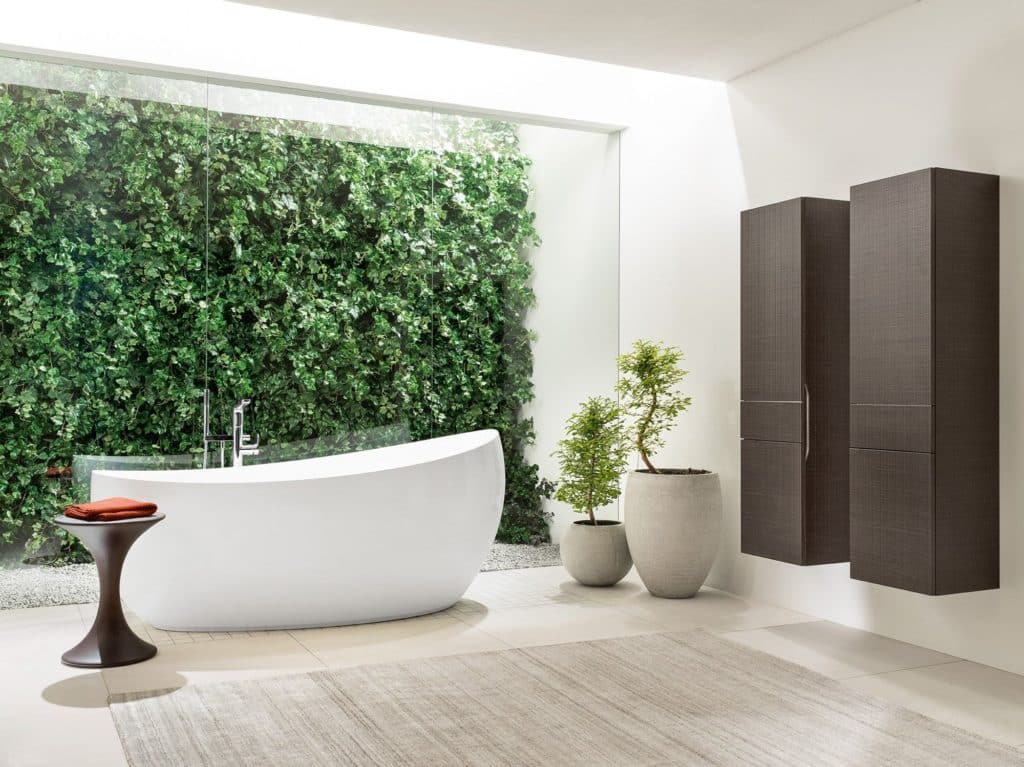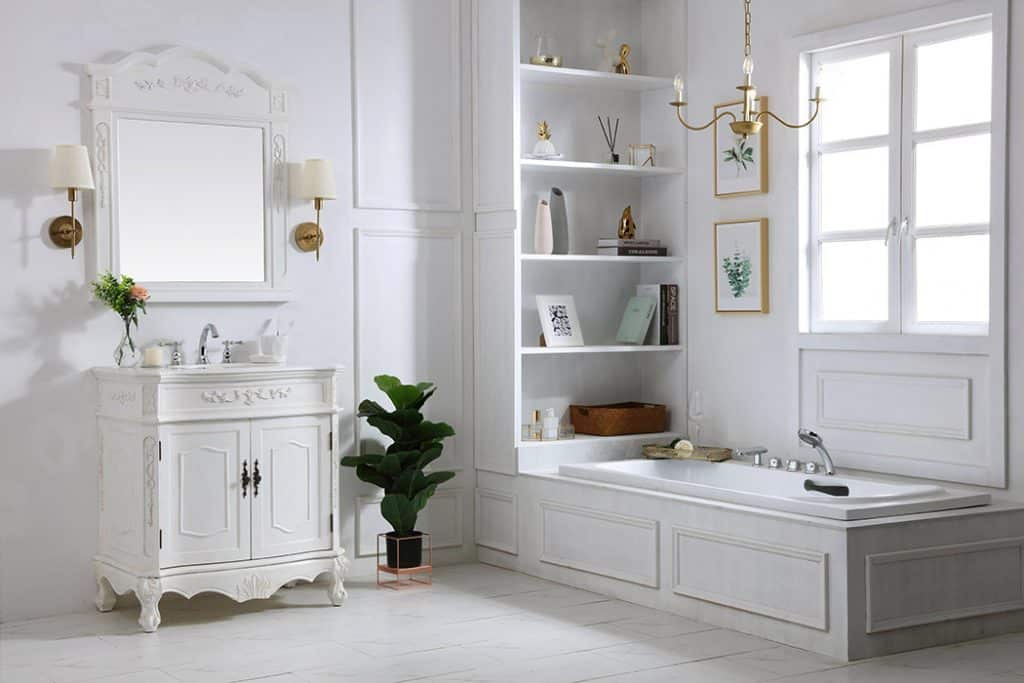When choosing a bath, it is very important to consider criteria such as shape, size, wall thickness, quality and type of coating, and the availability of additional functions. All these criteria directly depend on the material of manufacture. The modern market presents baths from a wide variety of materials. Among them, both traditional and modern are popular.
What materials are the best bathtubs made of?
Undoubtedly, each material has its own advantages and disadvantages. There is no perfect choice. But there are materials that occupy leading positions and have significant advantages. Of course, each customer has individual requirements for choice, but durability, comfort, and appearance are equally important for everyone. The modern industry offers a wide range of materials in the manufacture of bathtubs. Among them are the following: wood, glass, acrylic, ceramics, granite, travertine, onyx, malachite, veneer, and sandstone. But the leading positions are occupied by the following four materials.
Read also: An overview of bath materials – from cast iron to Quaryl™
1. Cast iron is a material that has earned the recognition of buyers
Cast iron bathtubs appear on the market for a long time, but they have not lost demand. This is due to the presence of positive characteristics. Cast iron is one of the most durable and reliable materials. Its service time is up to 25 years. It has a low thermal conductivity, as a result of which the water temperature can drop by only 5-10 ⁰С in an hour. Modern cast iron baths have improved somewhat. Instead of enamel, a more elastic polymer coating is used. And also the shape of the cast-iron baths has become more ergonomic. At the same time, this innovation did not affect the cost, and cast-iron baths are quite affordable.
Features of baths made of cast iron
Before dwelling on the choice of a cast-iron bath, it is worth considering some of the features of this material. The first is weight. Cast iron baths are quite heavy, which can complicate the process of transportation and installation. If in the future you will move the bathtub, then it is worth giving preference to lighter materials. Secondly, you should definitely pay attention to the quality of the coating. It should be free of roughness and chips since such flaws cannot be restored. Third, cast iron baths have a limited variety of shapes and sizes. Products made of cast iron must be electrically grounded as they are a good conductor of electrical current.
2. Steel – availability and reliability
This material has earned its popularity due to its low cost. Steel bathtubs do not require special maintenance, and dirt does not accumulate on their surface. The most recent models are capable of self-cleaning. Compared to cast iron bathrooms, steel ones are 5 times lighter. Thanks to this, their transportation and installation are much easier. The range of steel tubes is very diverse. Modern models have an anti-slip bottom, which increases the level of safety. The service life of steel baths reaches 15 years, they are reliable and resistant to mechanical stress. Also, steel bathtubs can be equipped with additional features that will increase the level of comfort. They, like cast iron, require grounding.
Features of bathtubs made of steel
Steel baths are also not without drawbacks. They have a fairly high level of noise. Manufacturers are trying in every possible way to eliminate this deficiency. Therefore, modern models have rubber flooring at the bottom and professional sound insulation. The peculiarity of steel baths is that they cool down pretty quickly. Therefore, it is worth choosing options with thickened walls. A perfectly flat surface and an impressive layer of enamel can testify to the good quality of the bathroom. It should have a glossy sheen and a perfectly even application. In addition, due to the low weight, it is imperative to ensure that the bathtub is securely fixed.
3. Cast marble – durability without the disadvantages of natural stone
Cast marble is an artificial stone that consists of a mixture of marble chips, polyester resins, dyes, and a catalyst. This material is quite flexible, due to which it has a wide variety of shapes and sizes. Cast marble bathtubs are pleasant to the touch, have a wide range of colors, and are resistant to mechanical stress. Compared to natural marble, artificial marble has a more affordable cost and lighter weight. It also exceeds the strength of its natural counterpart. Cast marble bathtubs can be washed and cleaned by any means since their surface is slightly treated with a special compound. It is worth mentioning that, unlike natural stone, artificial baths do not have a radioactive background. They are also repairable and amenable to restoration. In addition, marble baths are the cheapest among baths made from artificial stone.
Features of bathtubs made of cast marble
Marble bathtubs are afraid of impacts from heavy objects, as this can significantly deform the surface. This problem is simple enough to solve, but it entails large expenses. After each wash, the surface of the marble bath should be rinsed and no water remains in it. Otherwise, the surface of the bath may turn yellow. But this depends more on the quality of the water than on the quality of the material itself. Also, artificial stone tends to absorb dyes. A characteristic feature of cast marble bathtubs is their high cost.
4. Quaryl® – the material of our time
Quaryl is an innovative material that is a mixture of practical acrylic and durable quartz. Due to this combination, Quaryl tubs have significant advantages over acrylic. They are characterized by the following qualities: resistance to mechanical stress, good sound insulation, and thermal conductivity. An important feature of Quaryl baths is that this material allows you to equip the bath with many additional functions. Among them, the most popular are hydromassage, air massage, the presence of armrests and headrests, and other high-tech options. Quite often, quartz baths are installed on adjustable support legs. This makes it possible to adjust the height and give the bathtub an ideal horizontal position.
Features of bathtubs made of Quaryl
Quaryl is a modern material from which bathtubs and shower trays are mainly produced at the moment. As a result, it is somewhat difficult to choose a sink and toilet bowl in accordance with the style and color of the bathroom. Quaryl, like acrylic, can deform due to high temperatures. A characteristic feature of Quaryl bathtubs is their high cost. They are somewhat more expensive from the aforementioned materials but cheaper from natural stone baths. Quite often, quartz baths do not have overflow and drain holes. On the one hand, this allows you to independently choose the most optimal arrangement of the bath in the room. But on the other hand, in order to drill the necessary holes, you will have to seek professional help.
Summing up, we can conclude that even the best materials are not without flaws. Cast iron and steel are traditional materials that have been used in bathtubs for quite some time. Cast marble and Quaryl appeared on the market not so long ago, but have already gained worldwide recognition. On which material to stop – the choice is purely individual since everyone has their own requirements. The above materials are one of the most durable and reliable, so giving preference to them, you will definitely be satisfied.
